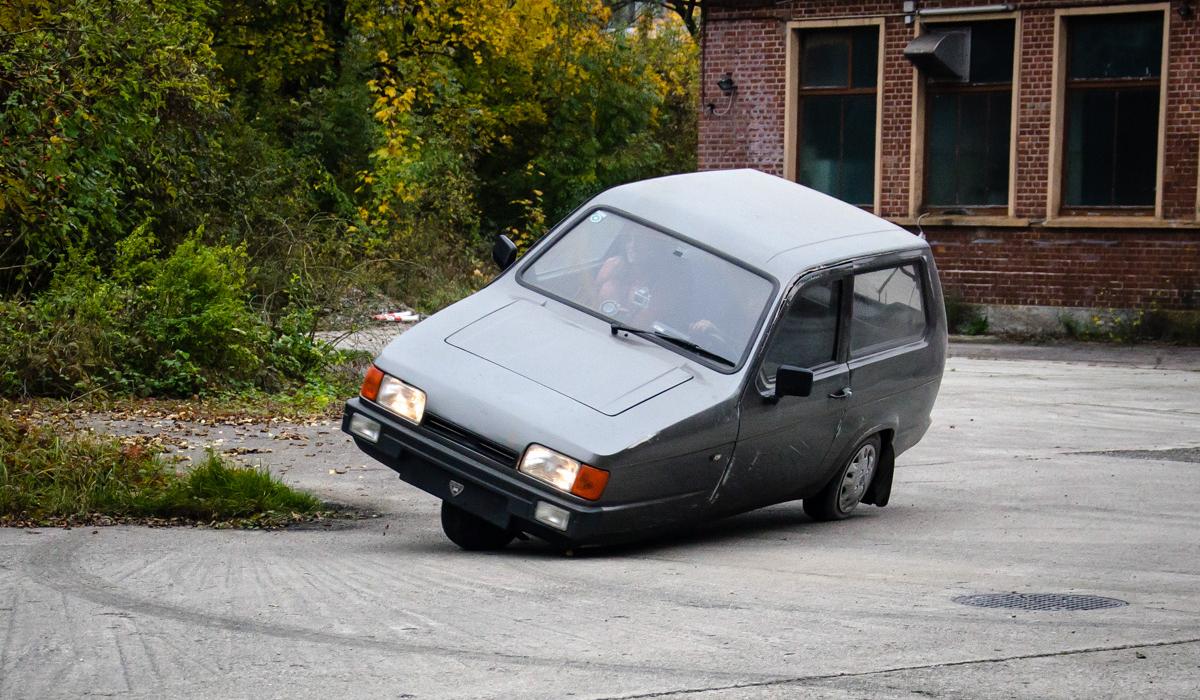What features (or lack of thereof) make a car bad? Well, you can call an automobile bad when one or two elements go wrong. It could be a horrible exterior styling, a poor mechanism, or a combination of both.
But, to be called the worst cars, a model has to have a bunch of negative traits and absolutely zero redeeming aspects.
Contents
7 Worst Cars Ever Made
The automotive history is filled with nightmares of car enthusiasts. So, it is difficult to single out only 7 names. However, here we are. The worst cars that have made our list are:
1# Fuller Dymaxion (1933)
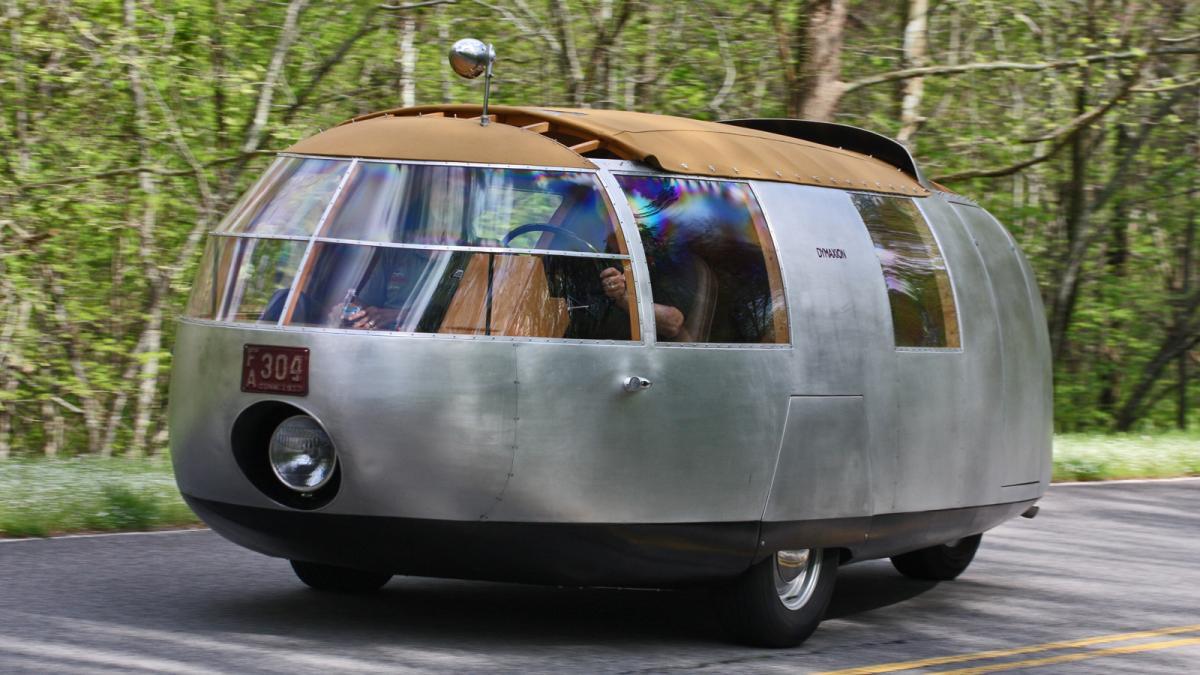
It’s probably one of the ugliest vehicles in history too. Originally conceived as a flying automobile, the vehicle could become neither an airplane nor a car.
Considering the time, it had a futuristic design, but the horrible control and balance did not work in its favor. Finally, a fatal accident involving the car doomed its fate.
2# Crosley Hotshot (1949)
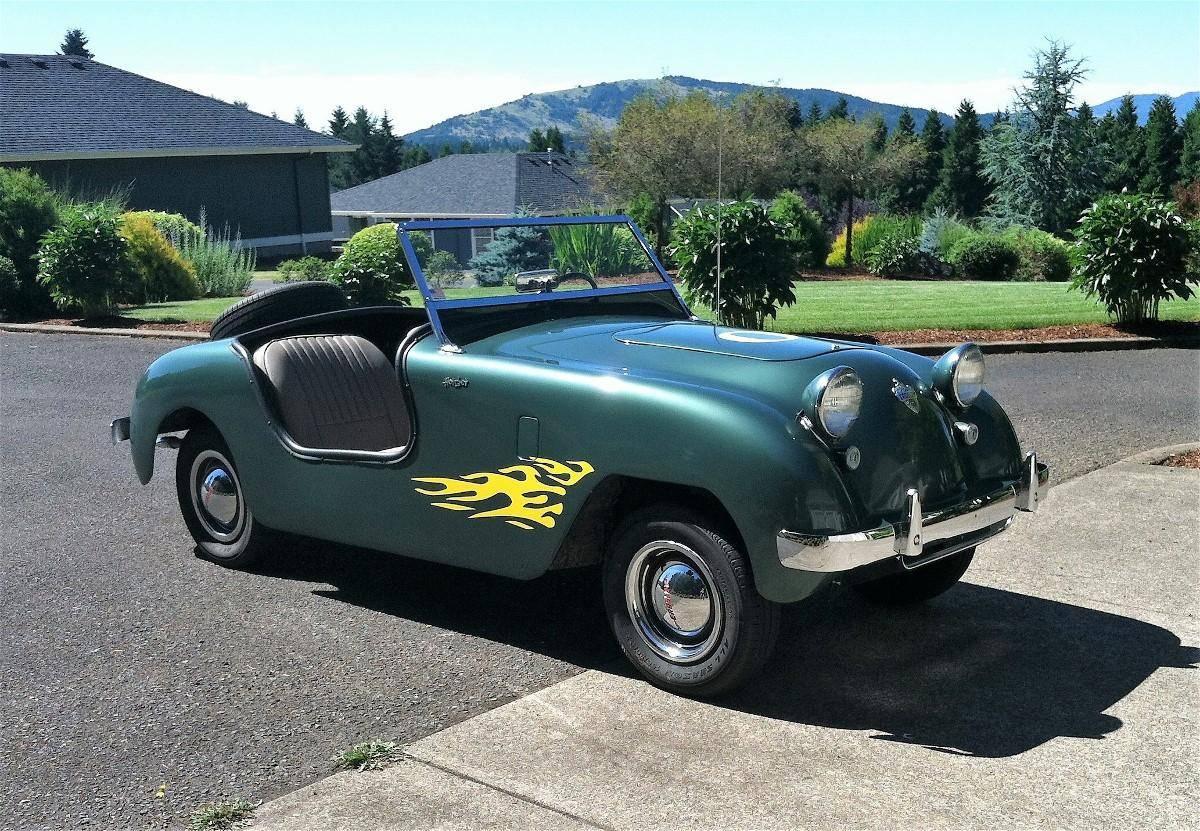
The Hotshot was the first sports car manufactured in the postwar America. With an average of 52mph, it won the ‘index of performance’ at the Six Hours of Sebring in 1950.
However, what sealed its fate was the crappy engine, which was a 0.75-liter four-cylinder assembled from the stamped tin. After some time, it used to become annoyingly noisy and hot.
3# Eagle Premier (1989)
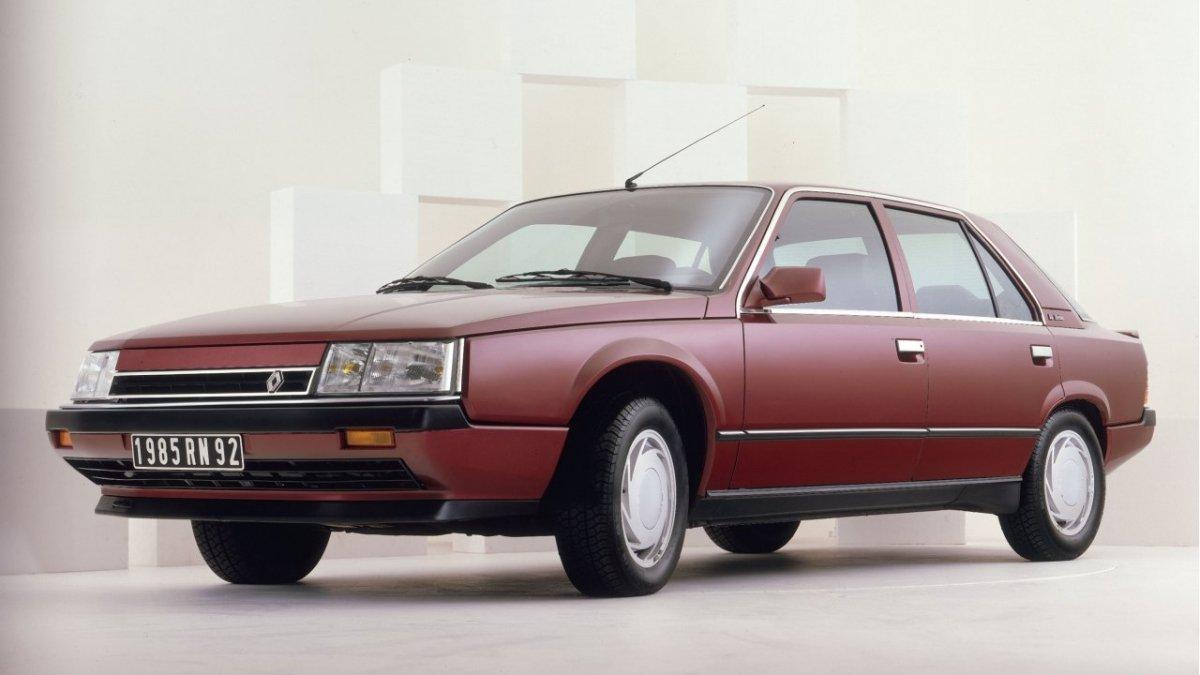
The exterior styling will give you a ‘not bad’ impression, but it’s actually this mediocre status that makes it one of the worst cars.
It has nothing special about it – from the design to the speed and gas mileage. This vehicle is horrendously generic and languid in nature.
4# Reliant Robin
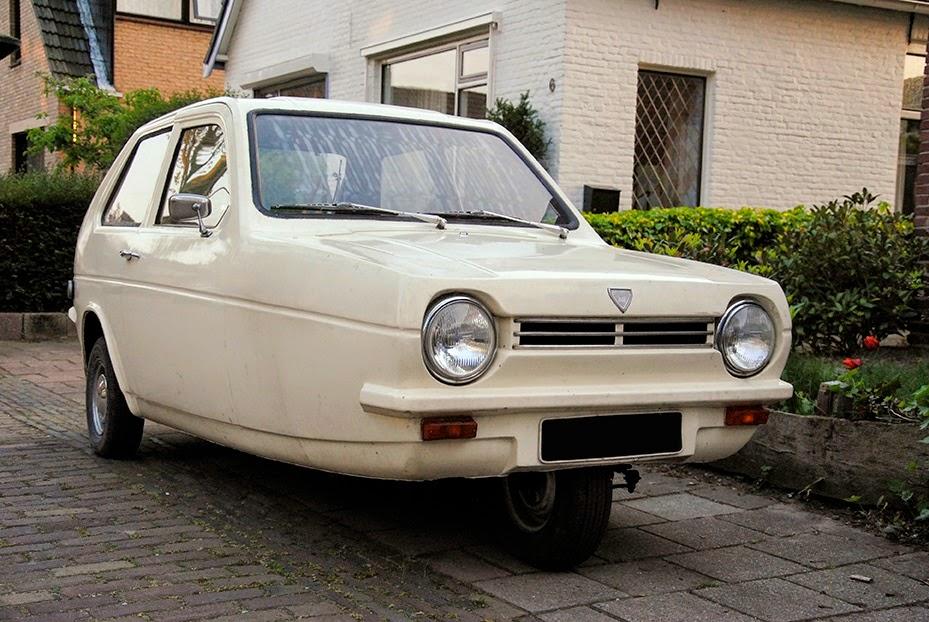
Produced by the Reliant Motor Company, several versions of Reliant Robin were manufactured over a period of 30 years. Despite being the second-most popular fiberglass car in history, there is no denying that it had a weird exterior look.
But, what brings it to this list is its three-wheeled drivetrain – one in the front and two in the back. Such a design makes it highly unstable, especially around turns.
SEE MORE:
5# Ford Pinto (1971)
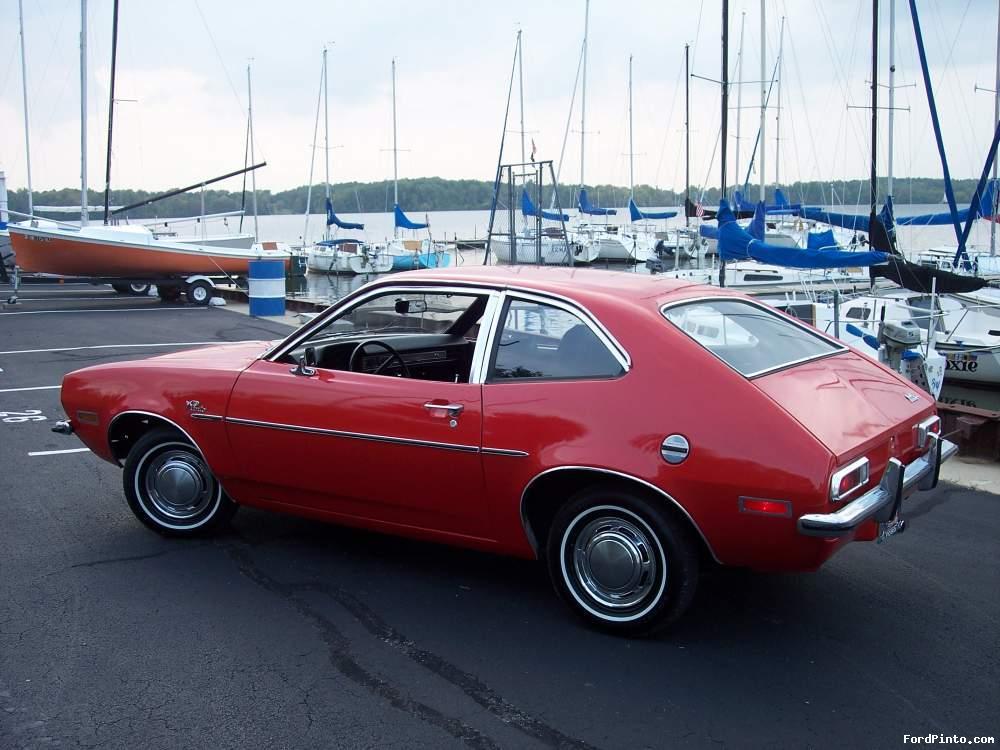
It deserves a spot on this list not because it’s a bad car but because of its volatile (or flammable?) nature.
It was notorious for erupting flames in rear-end collisions. The name is also involved in Ford’s infamous paper trails, known as Ford Pinto memo, which determined that the potential payout to victims ($50 million) is more cost-effective than reinforcing the rear end ($121 million).
6# Triumph TR7 (1975)
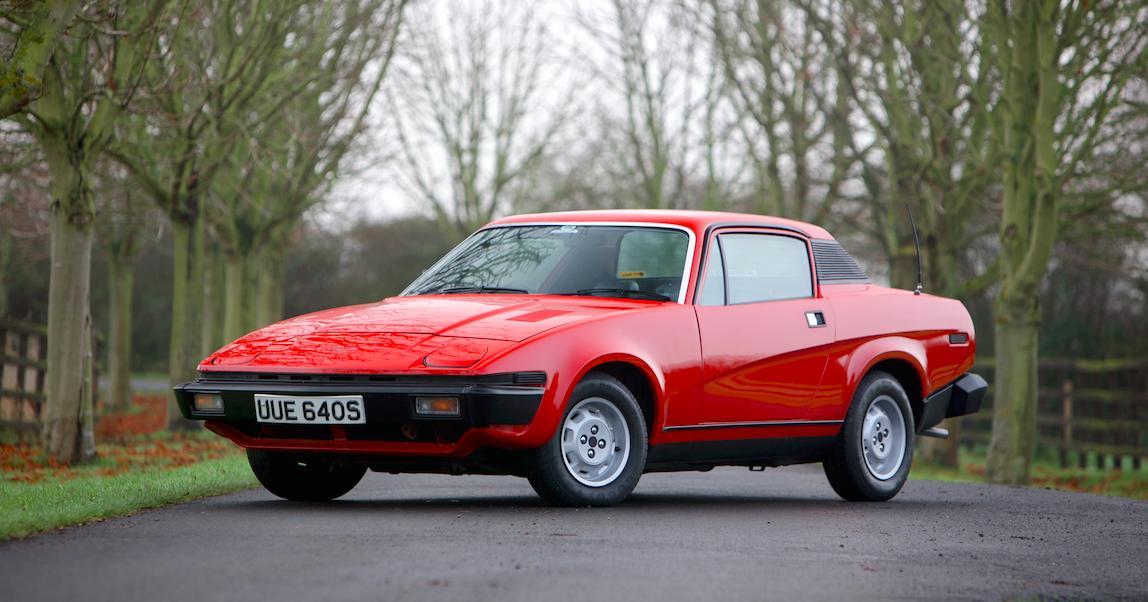
The problem with Triumph TR7 and its V8-engine version TR8 was not their odd design or the engineering. What brings them among the worst cars was their appalling making.
There were numerous complaints about issues with several components including timing chains, carburetors, oil pumps, and more.
7# Hummer H2 (2003)
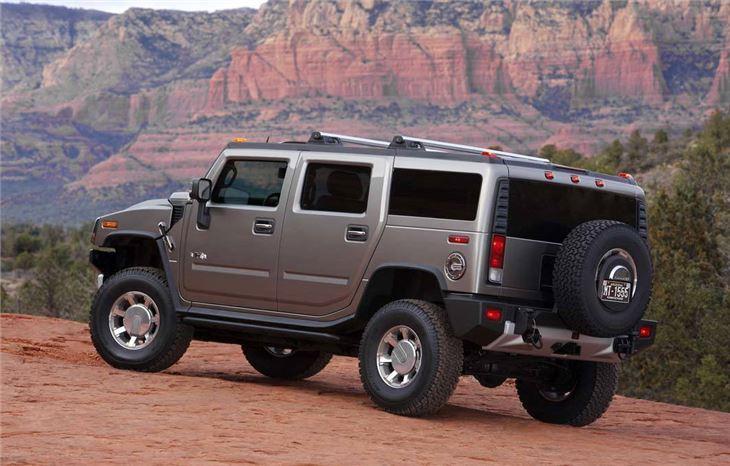
Introduced shortly after 9/11, the Hummer H2 ticked all the wrong boxes during that time of fear and restlessness.
The militaristic design was not comforting to the common people. Besides, it was huge to fit a standard parking lot, went 10 miles per gallon, and struggled to speed up.
FAQs
1. Why are these cars considered the worst?
Common reasons these cars are considered the worst include poor design, lack of reliability, safety issues, underwhelming performance, and in some cases, being ahead of their time in concept but failing in execution.
2. Have any of these cars gained a cult following despite their flaws?
Some of these cars, like the Nash/Austin Metropolitan and the Trabant, have gained a cult following despite their negative reception.
Collectors and enthusiasts often maintain surviving examples, and in some cases, the collector’s price for these cars has risen significantly.
3. Were there any common trends or time periods for these failures?
Many of these cars were produced during periods of economic difficulty or rapid change in the automotive industry. For instance, the 1970s and 1980s saw several failures due to the oil crisis and shifting consumer preferences.
4. Did any of these cars have notable design quirks or features?
Several of these cars had unique but ultimately flawed designs. The Zundapp Janus, for instance, had a rear-facing bench seat, and the Waterman Aerobile was an attempt at a car/airplane hybrid.
5. What were the consequences for the manufacturers of these cars?
The production of these cars often led to financial losses, damaged reputations, and in some cases, the end of the line for certain models.
The failure of the Ford Aspire contributed to a negative perception of small, budget cars from Ford during that era.
6. Have any movies or pop culture references been made about these cars?
Some of these cars have been referenced or featured in movies and TV shows, often as a joke or a symbol of poor quality. The Reliant Robin, for example, was famously featured in a comedic segment on the TV show “Top Gear.”
7. What lessons did the automotive industry learn from these failures?
These failures often led to important lessons about quality control, understanding market needs, and the risks of over-innovating or deviating too far from proven designs.
8. Are there any modern cars that are considered as bad as these historical failures?
While modern cars generally benefit from advanced technology and stricter quality standards, there are still occasional models that receive widespread criticism for various reasons, such as poor design, lack of reliability, or being out of touch with consumer needs.
Check out this video from Car Help Corner to learn about the worst cars made by every car brand!

